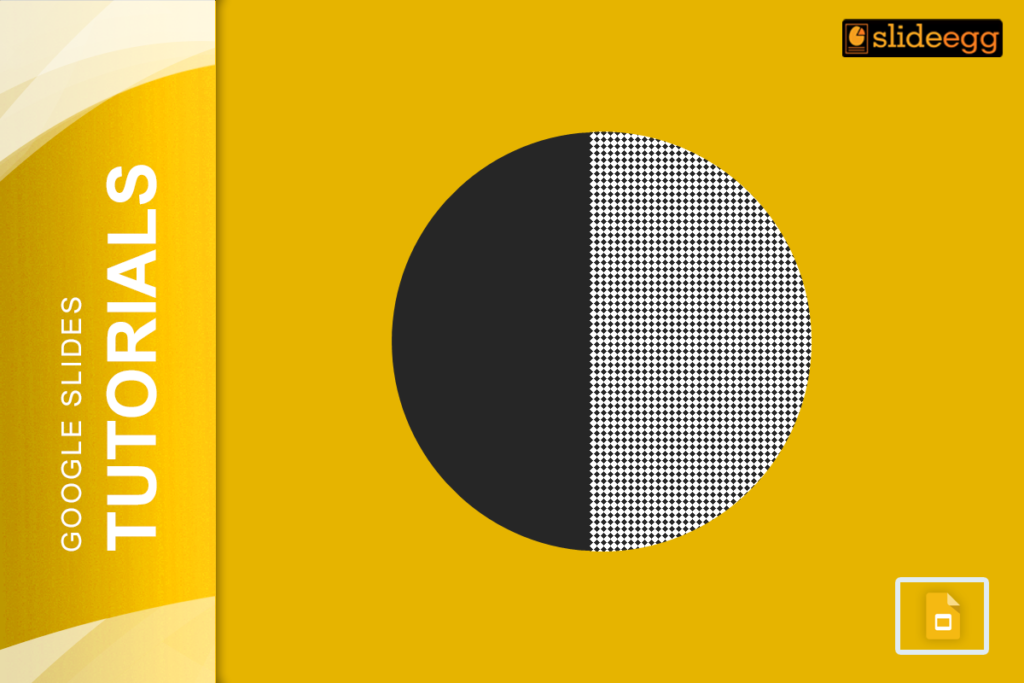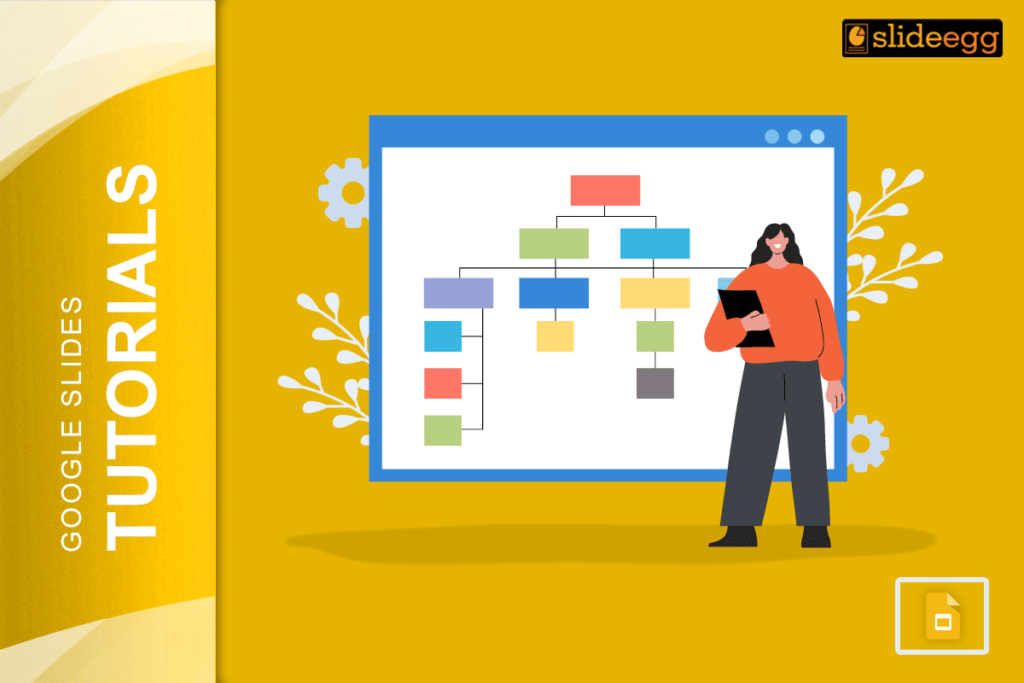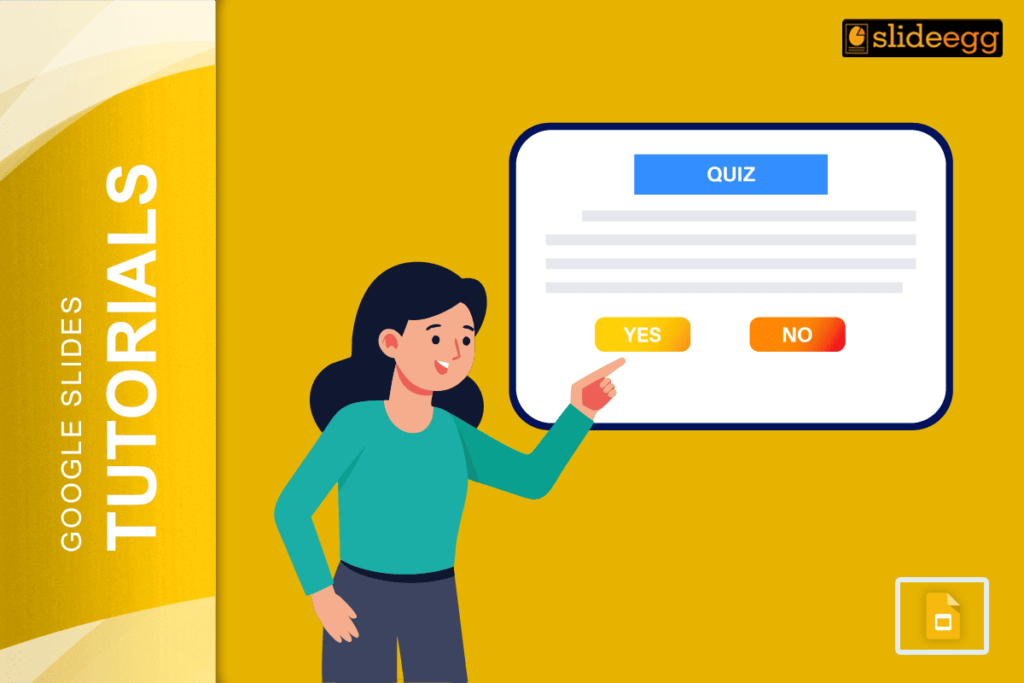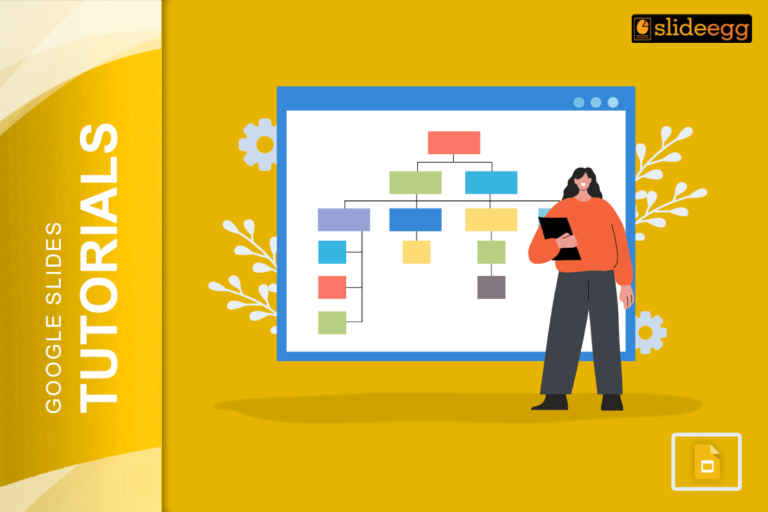If you are using Google Slides and want to add some life to presentations, a wonderful trick is to play with the opacity of images or shapes. This allows you to add cool effects, layer elements, and then make your text stand out against the image. Changing opacity might seem a bit tricky, especially if you’ve just started with Google Slides, but don’t worry—it’s super simple!
In this blog, we will show you how to change opacity in Google Slides, step by step. Whether you are designing a school project, a business presentation, or just playing around with Google Slides, this guide will help you master that skill. Let’s dive in!
What Is Opacity and Why Should I Use It?
Before we jump into the “how,” let’s define what opacity is. In the design term, opacity refers to how transparent or solid an image or shape is. An object with 100% opacity is fully visible; lowering the opacity will make it more see-through.
So, why would you want to change the opacity in your Google Slides templates?
- Create visual layers: Make text stand out by placing it over a faded image.
- Fade to background: Use opacity to make certain elements fade into the background.
- Focus for attention: Emphasize parts of your slide by taking surrounding elements to a less transparent state.
Now, let’s dive into the steps to get started!
Step 1: Open Your Google Slides Presentation
Open an existing Google Slides presentation or start a new one. If you are using a pre-built Google Slides template, this will go just as well! Identify the slide that contains the object you wish to change the opacity of.
Step 2: Select the Object You Want to Change
Click on the object you want to alter. This could be:
- An image you uploaded from your computer.
- A shape you inserted using the “Shape” tool.
- A text box, if you want to have a faded text effect.
Once you click on it, you will be presented with a border around the object, which means it is selected and ready to edit.
Step 3: Opening Format Options
Click on the object you’ve chosen. This will display a “Format options” button at the top of your screen. This tends to only happen when an object is selected. Tapping on it opens up a panel along the right-hand side of the screen.
The right-hand panel contains so many things you can do to your objects for a novice Google Slides template user.
Step 4: Set Transparency (also known as Opacity)
Now, in “Format options,” go through and find the “Adjustments” section. That’s where the magic happens!
- To expand the “Adjustments” section, click on the small arrow next to it.
- You can find a slider called “Transparency.”
To adjust the opacity, you simply need to slide that slider. When you move the slider to the right, the object becomes more transparent-very low opacity. Slide it to the left, then it becomes more solid and that is of high opacity.
Step 5: Fine-tune and Play Around
You’ve brought your opacity to a great point now; here’s how you can experiment further:
- Use layering transparent shapes or images.
- Play with colors—lighter or more transparent colors can make a big impact.
- Combining text with a background image faded a little or two makes your slides look professional.
Bonus Tip: Adding Opacity to Text
You can also draw text boxes and set their opacity to create that really cool, semi-transparent text effect. In this case, you are searching for a text box instead of an image or shape, but otherwise, it’s exactly the same as described above. This can be quite a cool way of achieving the watermarked text look on your slide!
Conclusion
Change the transparency of images in Google Slides for a simple and effective way to make presentations truly stand out. Be working on a business report or just creating a creative school project, transparency will add depth and focus to your slides. It’s easy to use by merely clicking on the images, shapes, and text boxes to enhance them.
So the next time you find yourself in Google Slides, just give Opacity a shot and see if it may just be your new favorite design trick. Happy presenting!







